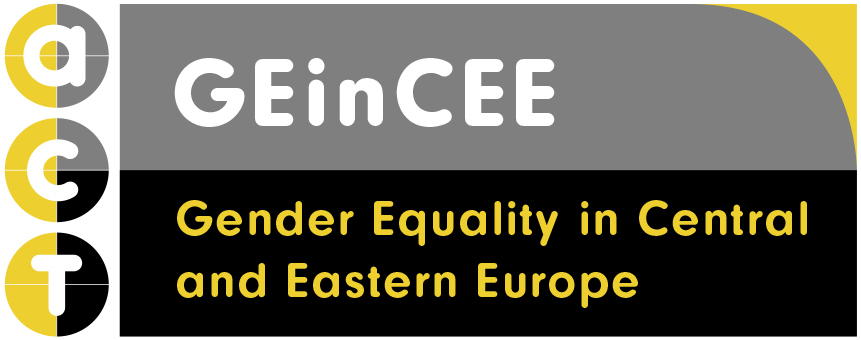
During the November meeting of our Community of Practice, Jan Galkowski from the University of Rzeszow was talking about the educational component of gender equality plans (GEPs) prepared and implemented by Polish higher education institutions (HEIs).
No doubt, it was Horizon Europe that provided the first impetus to start developing gender equality plans. However, as dr Gałkowski stressed, internal factors were just as significant. Teaching staff and students had expectations to combat gender-based violence and sexual harassment in academia (such cases have been reported also at top universities). Thus, GEPs can be found on the websites of many public and non-public HEIs, and other scientific institutions in Poland. Research funding organisations, other public institutions and local authorities (e.g. in Cracow and Warsaw) have also developed relevant documents. In our colleague's opinion, generally, the quality of GEPs can be described as ‘from great to hopeless, from being inspired to copy/paste’. This uneven level is related, among other things, to the diverse time to prepare the GEP or the involvement of external experts and stakeholders in the design process.
We all know that an extremely important element of the GEP is to strengthen the awareness and competencies of academic staff and students in the area of equality and diversity. All of this is to accelerate change at an organisational and cultural level. The key word is intersectionality, a cross-cutting principle, i.e. ‘analytical tool for studying, understanding and responding to the ways in which sex and gender intersect with other personal characteristics/identities, and how these intersections contribute to unique experiences of discrimination’ (definition of EIGE). It is assumed that each GEP should include the background of inter-cutting issues.
In the case of Polish institutions, the content of awareness-raising training essentially is:
• diversity management
• work-life balance and parenting (with a focus on mothers)
• organisational culture and leadership
• gender dimension in research and curricula
• hate speech prevention
• legal context
Above all, small group workshops, webinars, online courses, e-learning, and public meetings are foreseen. Our expert concluded on the content of the training as follows: ‘at times ingenious, often basic and imprecise’. The main target groups are staff, students, and PhD students. Training is too rarely addressed to less obvious audiences: student unions and councils, decision-makers and top management, informal leaders and key members of the community. What is more, little reflection is given to the importance of the trainers themselves – what experience and competencies should they have? whether to hire in-house or external trainers? etc. ‘Intersectionality exists in Polish GEPs, but hardly in training components’ – dr Gałkowski said.
This ‘lost opportunity’ is perhaps coupled with the fact that, for most institutions, preparing the equality plan was a completely new experience. Let’s hope that, over time, the documents and the process of their real implementation will also evolve to benefit the whole academic environment in terms of cultural and axiological change. An initiative called the Academic Safety and Equality Network (Akademicka Sieć Bezpieczeństwa i Równości, ASBIR) can certainly help here. This community connects people who perform different functions at Polish universities and higher education institutions related to the protection of academic rights and values, as well as security, equality, and diversity.
